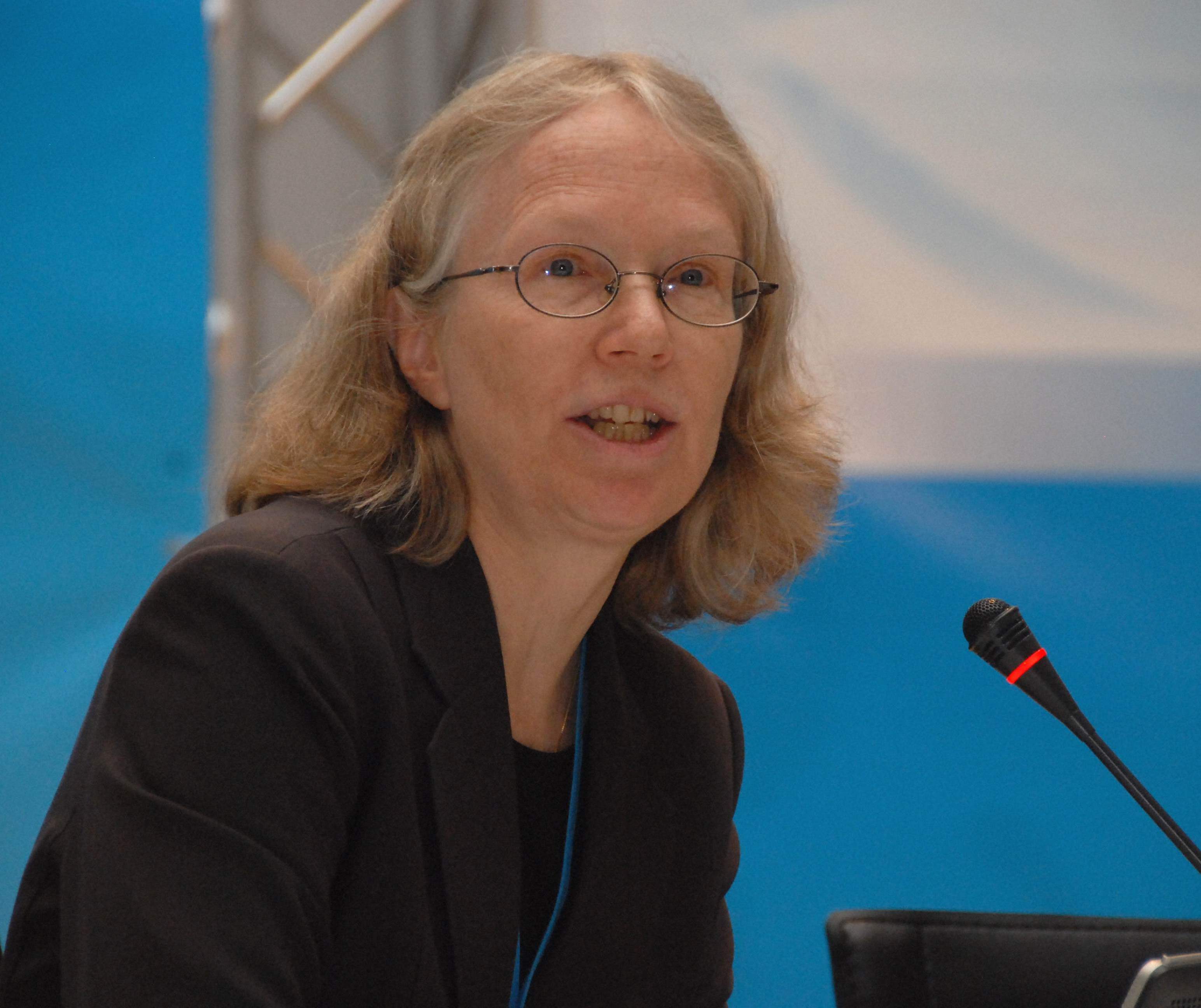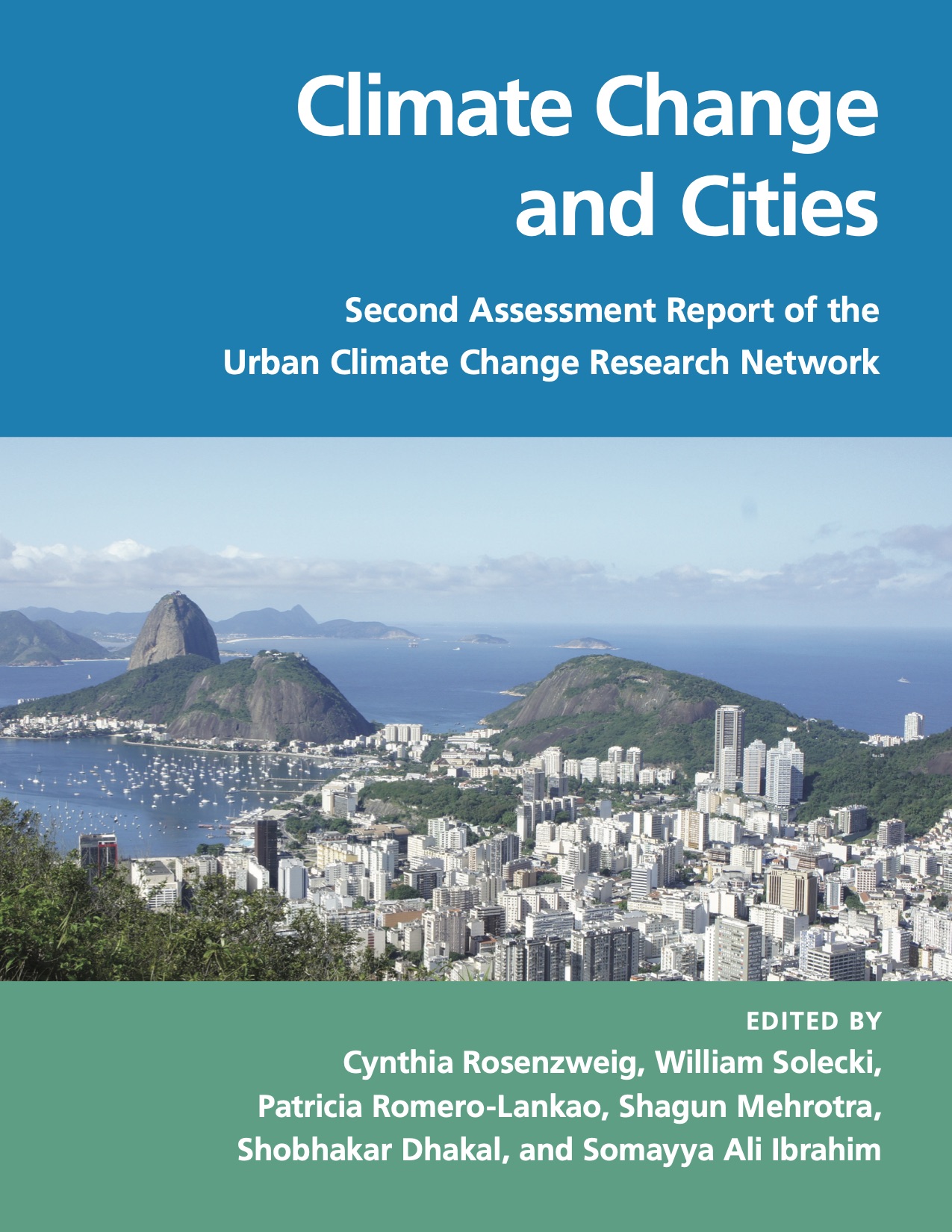[Lede image: An abstract topographical image. Photo by USGS on Unsplash]
Cynthia Rosenzweig is a climate scientist who wears many different hats. She’s an adjunct professor in Barnard’s Department of Environmental Science, an adjunct senior research scientist at the Columbia University Earth Institute, and a senior research scientist at the NASA Goddard Institute for Space Studies (GISS).
At GISS, Rosenzweig heads the Climate Impacts research group, where she investigates how climate affects the systems and sectors on which humans depend. An expert on the subject, Rosenzweig has organized and led large-scale interdisciplinary studies of the impacts of climate change and adaptation in rural and urban settings and co-edited the Urban Climate Change Research Network’s Second Assessment Report on Climate Change in Cities (2018). Since 2008, when former New York City mayor Michael Bloomberg appointed her co-chair of the City Panel on Climate Change, Rosensweig has advised the City’s mayors on the best ways to adapt the city’s infrastructure against climate change.
On February 27, 2020, Rosenzweig gave a climate change talk at the Aspen Institute that focused on how science and activism intersect. Rosenzweig’s incomparable expertise made her the ideal person to query for Earth Day 2020 (April 22), and she took the time to talk about changes in coastal residential levels, extreme events, and more, in “5 Questions With….”
In what ways do science and activism intersect to save the climate?
Science and activism are two necessary components for solving climate change. Science provides the knowledge base, and activism generates the political will for society to take action. The Aspen Institute event, [which took] place in February just before the coronavirus hit, was a lively discussion between me, as a scientist, and Naomi Klein [journalist, columnist, author], as the activist. It was a very exciting and stimulating evening.
You’ve extensively studied the effects of Hurricane Sandy. What’s the most important fact you think New Yorkers and others should know about rising sea levels?
Everyone living on the coast needs to prepare, because rising sea levels will exacerbate coastal flooding, bringing harm to cities all around the world. Under a high-end scenario of climate change, 800 million people living in more than 570 coastal cities are projected to experience at least 0.5 meters of sea level rise. You can see our work on this at C40 Cities.
If the nation could focus on one specific change to help save the climate, what should it be?
Sorry, there are no silver bullets to solving climate change. Every sector, group, and person needs to do their part to decarbonize our energy system. This is the number-one thing that we all must do.
Are there any new climate changes you predict that the City or others will begin to see throughout this new decade?
An important new area of research on climate change in New York City is back-to-back extreme events. One example is drought and heat waves occurring together followed by massive heavy downbursts causing flooding. Scientists are now working to help the city prepare for these multiple extremes.
What do you tell students who ask what they can do to help ameliorate climate change?
I tell students that they can each find their own unique way to bring together science and activism to solve climate change. Barnard students are the hope of our world!
Watch a video of the event below:

